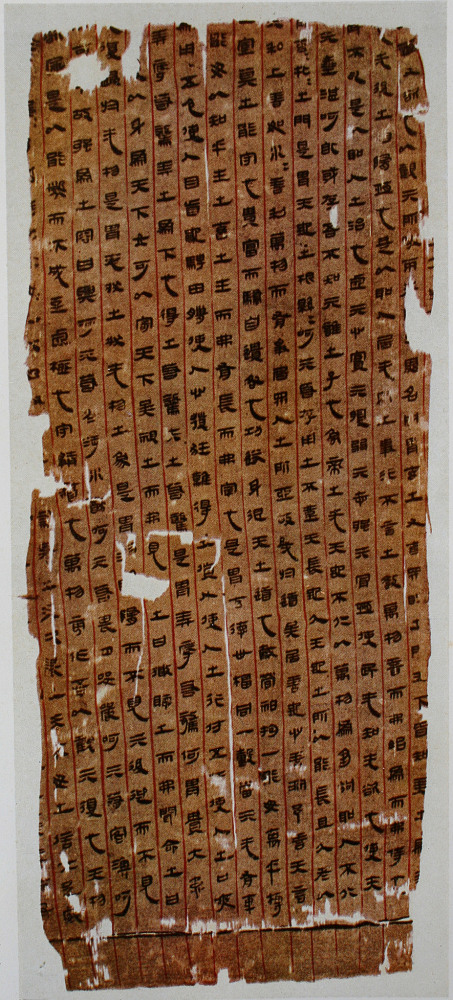
Early Han Ideology

Reading: Huang-Lao Ideology
Although the Han Dynasty ultimately came to be viewed by traditional historians as a Confucian period, we have already seen that it was, in structure, Legalist, and it is also the case that it was a period rich in alternative forms of philosophy and belief. Early in the Han, Legalism remained a potent force (as we might expect in the state that had inherited and preserved the major thrust of Legalist Qin institutions), and during the reigns of Wen-di and Jing-di, Legalist thought acted as one component of a complex "syncretist" ideology, known as Huang-Lao, which came to be a de facto structure for court approaches to governance.
It is an indication of the influence of later Confucian scholars that the foundational documents of the early Han system of thought did not survive long into the Imperial period. Through the mid-twentieth century, although the general contours of Huang-Lao ideology were understood, we possessed no demonstrably "Huang-Lao" texts to illustrate exactly how this composite ideology had been framed during the era of its ascendance. That situation changed in 1972, when a Han Dynasty tomb in Hunan was opened and a cache of texts and other artifacts were discovered. Among the texts was a bolt of silk on which a copy of the Dao de jing had been inscribed in ink (Partially pictured at right), with a series of other texts appended, texts which soon came to be regarded as an anthology of Huang-Lao chapters.
In Friday's class, we will consider how sections of this text, as translated in your reading, show that early Han ideology, while principally a Daoist/Legalist fusion, reflected a syncretic admixture of many different intellectual approaches.